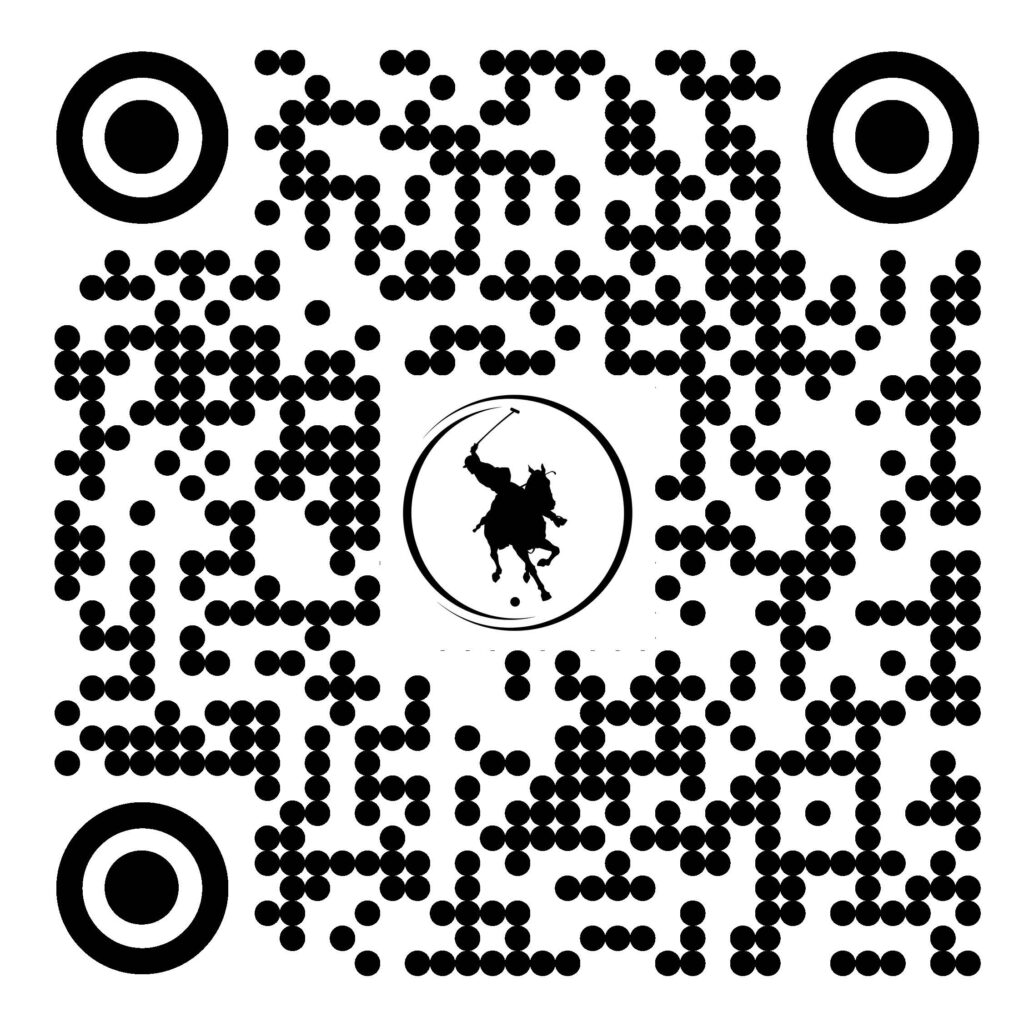A game takes 6:30 minutes and consists of four sections called “Chukka”. If a game is interrupted, the clock is stopped. The breaks between the chukkas are used to smooth the playing field again.
The Players
Each polo player has a handicap that describes his playing strength. The handicaps range from -2 (beginners) to +10 (it does not get any better) and are determined twice a year by the national polo associations.
The Game
A game consists of four game sections called Chukka. A chukka takes six minutes, with a 30-second extension in the first three sections to complete a begun play. The goal of the game is to shoot an air filled plastic or leather ball into the opponent’s goal. Players use racquets called sticks or mallets.
The Teams
Each team consists of two players. The handicaps of both players are added and form the so-called team handicap. If two teams meet with different team handicaps, the weaker one gets a gate advantage.
A few things,
you should know about Polo
Women and men play together, because gender is not the decisive factor, but the individual handicap.
The breeding of the horses is based on the horses of the Argentinian Gauchos, the Criollos and the English thoroughbred. In order to maintain a horse that is nerve-sturdy, robust and tenacious, and at the same time manoeuvrable and fast, the Argentines began 120 years ago as the first nation with systematic breeding. The country is today the leading polonation before England.
Polo is the oldest team sport in the world and was played 2,500 years ago in Asia. The English discovered the sport in India and brought it to their homeland in 1859 and thus to Europe.
More than 80 countries are organized in the World Federation of International PoloFIP.
Polo was five times Olympic discipline: 1900 in Paris, 1908 in London, 1920 in Antwerp, 1924 again in Paris and – for the last time – 1936 in Berlin.
